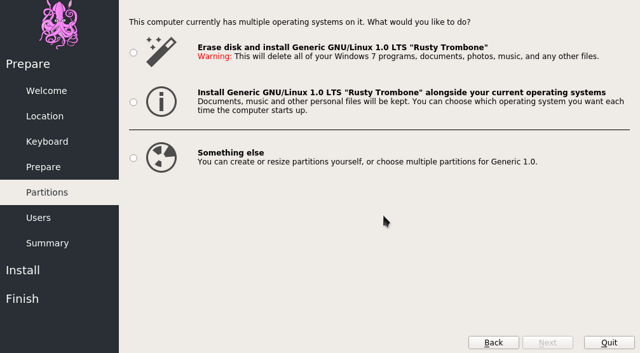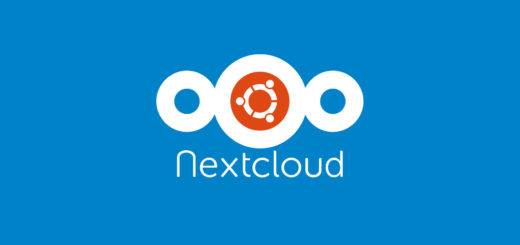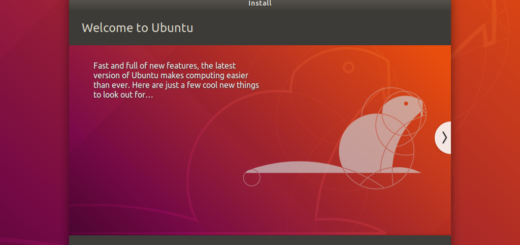Red Hat pulls the kill switch on CentOS

In an abrupt announcement, CentOS developers announced that CentOS 8 will not build over RHEL 8 after the end of 2021. The rolling-release CentOS Stream will continue in its stead. In this article we’ll take a look at what’s happening, what’s changing, what’s staying and everything else you may want to know if you use CentOS.
What is CentOS?
CentOS stands for Community ENTerprise Operating System. For years it has been a RPM-based distribution that aimed to be binary-compatible with RHEL (Red Hat Enterprise Linux): the commercial distribution from Red Hat. The project was mostly an independent one that provided with people who didn’t need or couldn’t afford Red Hat support getting started with a rock-solid operating system. In 2014 Red Hat announced it had joined forces with the CentOS team to build the next CentOS.
What is happening?
As CentOS developers announced (I apologize for the clickbait), CentOS 8 which was to be EOL’d in 2029 will instead cease to be after the end of 2021. Its successor is CentOS Stream a rolling release distribution that aims to close the gap between the ancient rock-solid CentOS and the quickly changing IT landscape. Most importantly, CentOS Stream will be an upstream release (patches gets in Stream earlier than RHEL), while CentOS as it has been now was a downstream release (patches gets in RHEL and subsequently in CentOS).
While this decision has been taken by CentOS developers, many people have stigmatized it claiming that it is a “breach of trust” between Red Hat and the community. To many this comes as no surprise after IBM acquired Red Hat. This move is interpreted as a clear intention of IBM/RH to monetize existing CentOS systems by forcing the upgrade to RHEL.
What is staying?
The three major players are still there: RHEL, CentOS Stream and Fedora. While the relationship between RHEL and Fedora has always been clearly defined, and Fedora has always been under Red Hat wing, the position of the new CentOS Stream is not really clear. CentOS has always been chosen by many as a crash-proof, hassle-free operating system. Introducing a rolling release distribution in a mission-critical environment will, of course, attract dissent.
After the 31st December 2021, CentOS 8 won’t be based on RHEL 8 any more, instead CentOS Stream 8 will have a little delta from its predecessor. Needless to say, that delta will continue increasing and only time will tell how much they will diverge.
Why is this a problem?
For most users CentOS is a community project, while the decision has been taken by CentOS it is inevitable for some to think that Red Hat pulled some string.
Having a reliable operating system that has just been released (some people will have it in production by now) reach an anticipated end-of-life is already a difficult thing to digest, but perhaps the worst that comes from this decision is the breach of trust that has been inevitably created.
Many people think that the move, allegedly by Red Hat, is just to monetize over many people “skimming” over RH support by using CentOS. Although this position is perfectly understandable, Red Hat has always contributed to the open source community, think of Ansible, OpenStack, Kubernetes, OpenShift and many other projects.
What’s happening after 31st December 2021?
According to CentOS developers (bold added):
When CentOS Linux 8 (the rebuild of RHEL8) ends, your best option will be to migrate to CentOS Stream 8, which is a small delta from CentOS Linux 8, and has regular updates like traditional CentOS Linux releases. If you are using CentOS Linux 8 in a production environment, and are concerned that CentOS Stream will not meet your needs, we encourage you to contact Red Hat about options.
Among the chaos that was stirred from this decision two distributions were born: CloudLinux (it actually already existed) and Rocky Linux.
The former is the distribution used by CloudLinux: a very popular platform for Linux Ops geared towards cloud environments. In the announcement CloudLinux developers announced that they will be open-sourcing their RHEL fork distribution and they will support it until 2029, the previous CentOS 8 EOL date. CloudLinux developers also affirmed that it will be possible to switch from CentOS 8 in any moment by just running a script.
Rocky Linux, on the other hand, is a completely new distribution created to fill the void left behind by CentOS. As of writing this article however, Rocky Linux is but a GitHub page with a promise to be what CentOS used to be.
CentOS Stream remains a viable alternative for the future, albeit with different assumptions. This “intended” alternative will most likely be, much like the CloudLinux one, carried out through a script.
A personal note
I understand that Red Hat is a commercial company that seeks profit, however I can’t but feel worried about the future of the whole open source ecosystem after this move. I too share the feeling, with many fellow sysadmins around the net, that this move has more to do with Red Hat than CentOS developers let on.
I have been saying this for a while, especially after looking at what happened between OpenShift and OKD. I could say I saw this coming but I’d be lying. I would have never thought this would happen, however pointers were there long before this decision was taken. Without the Red giant, the open source ecosystem will creak.
I admittedly wrote a clickbait, however it portrayed well what I wanted to convey. Even if Red Hat or IBM had nothing to do with this decision, the CentOS project is essentially dead, unless something else inverts the inevitable. Trust is a rare thing, and computer scientists do know well about this, maybe it is not just some philosophical concept.
If men define situations as real, they are real in their consequencesThomas theorem (1928) – William Isaac Thomas, Dorothy Swaine Thomas
- 2020 A year in review for Marksei.com - 30 December 2020
- Red Hat pulls the kill switch on CentOS - 16 December 2020
- OpenZFS 2.0 released: unified ZFS for Linux and BSD - 9 December 2020









Recent Comments